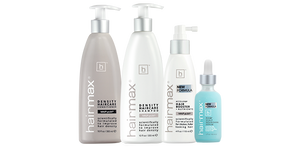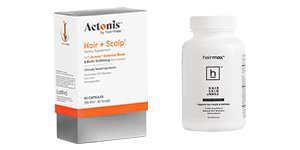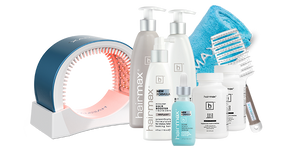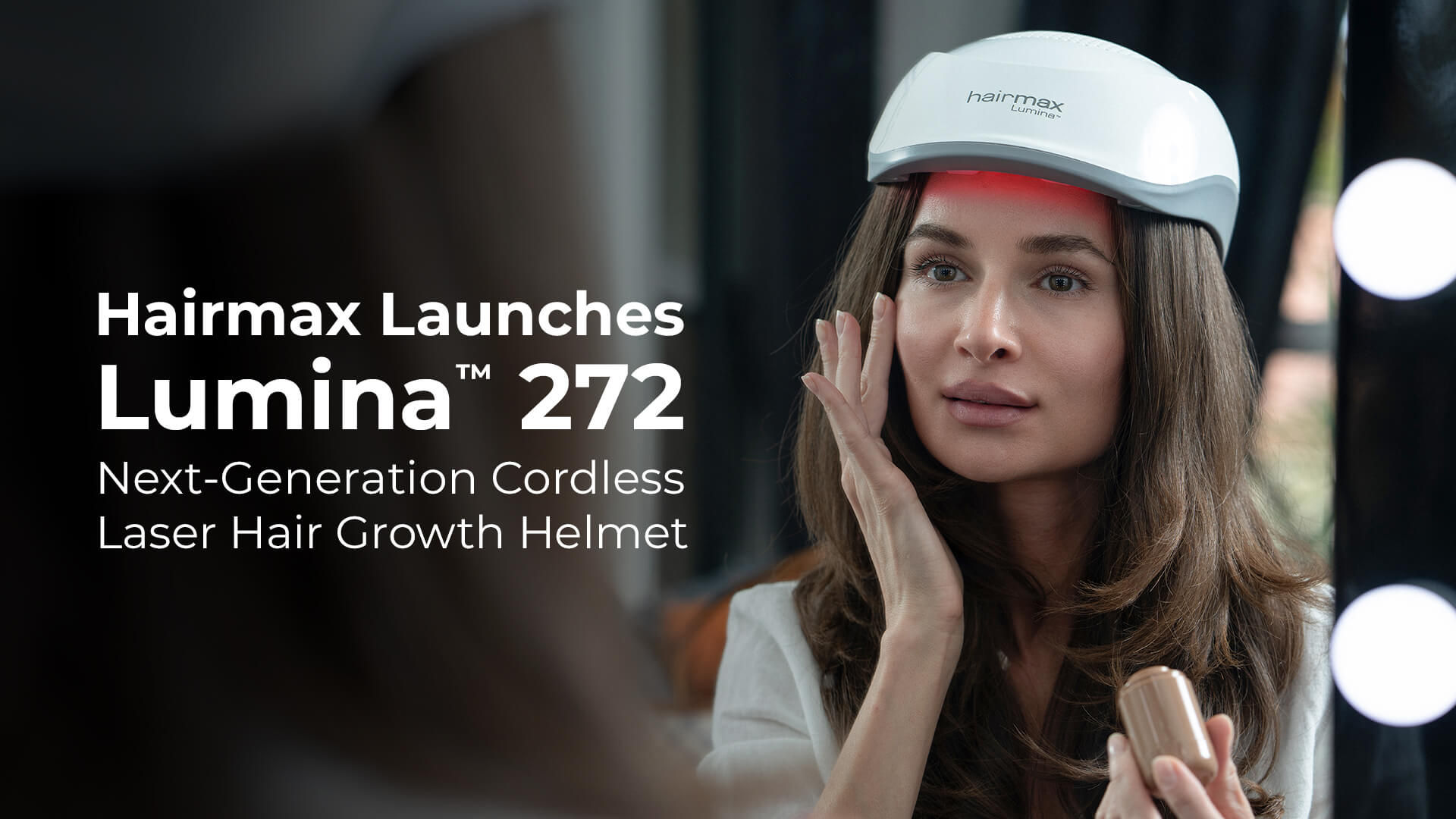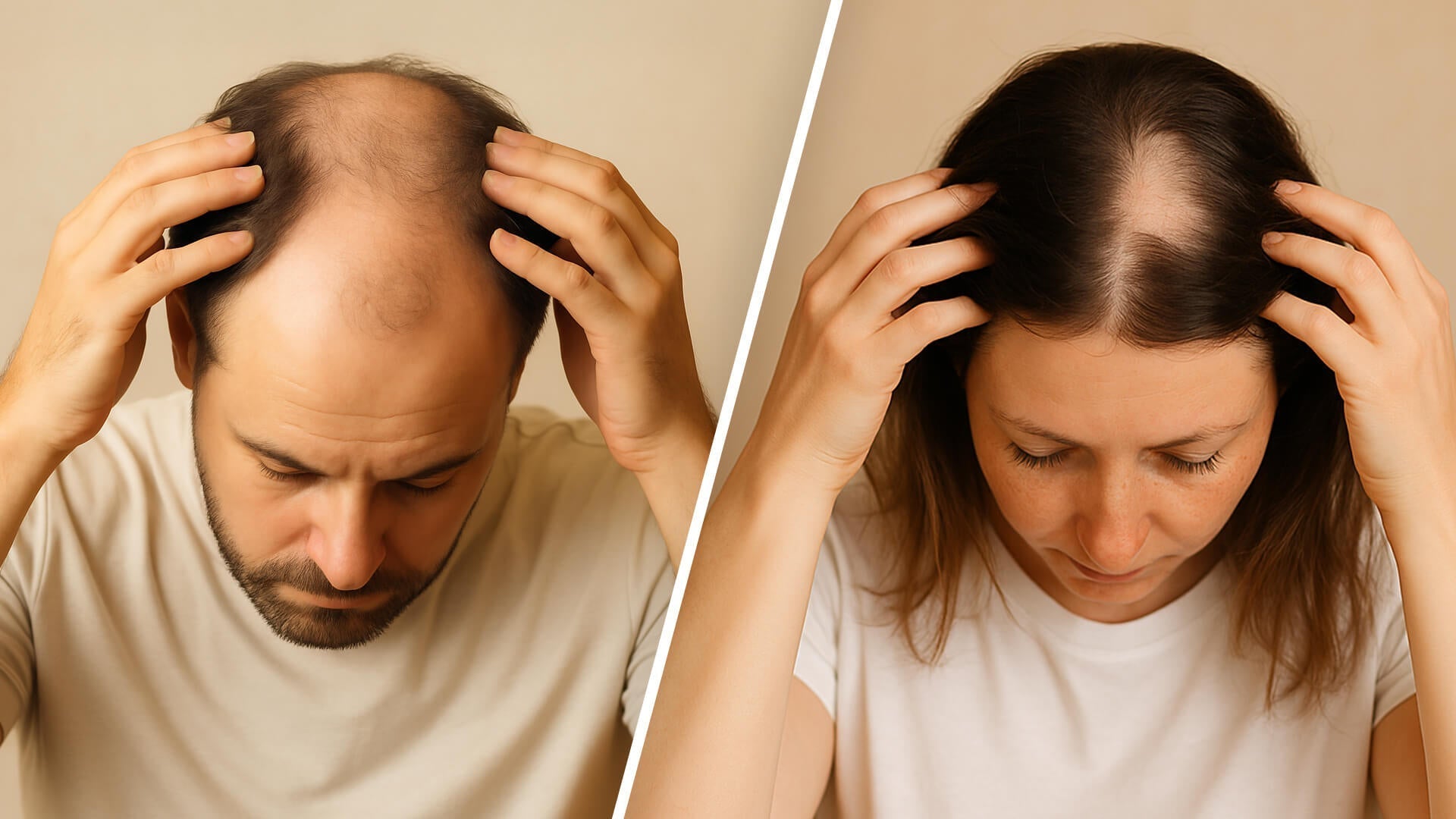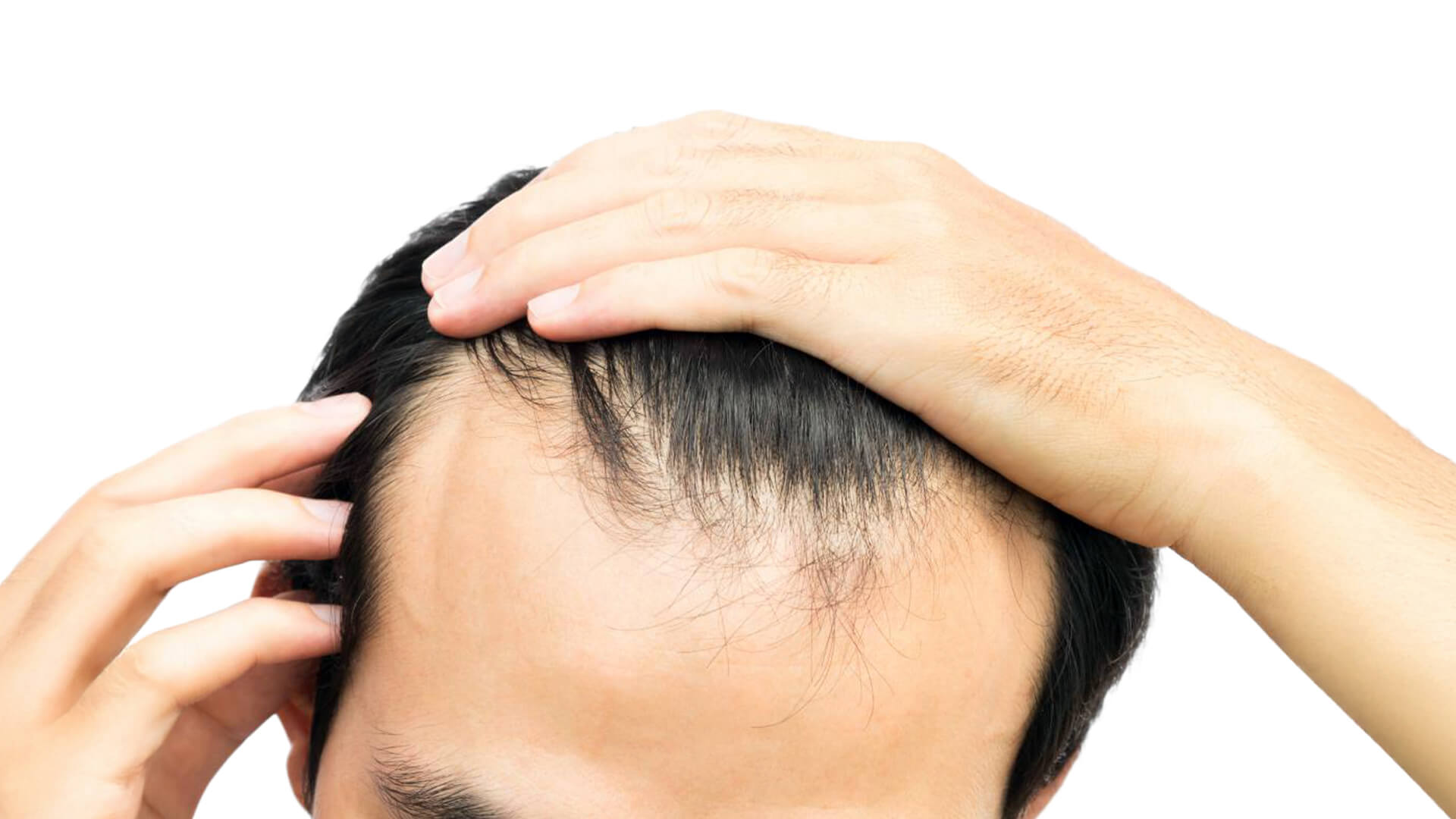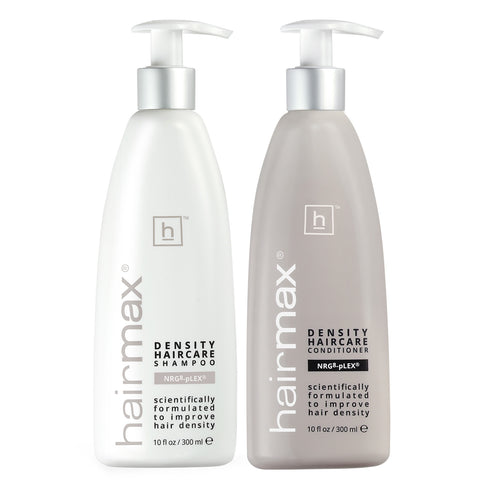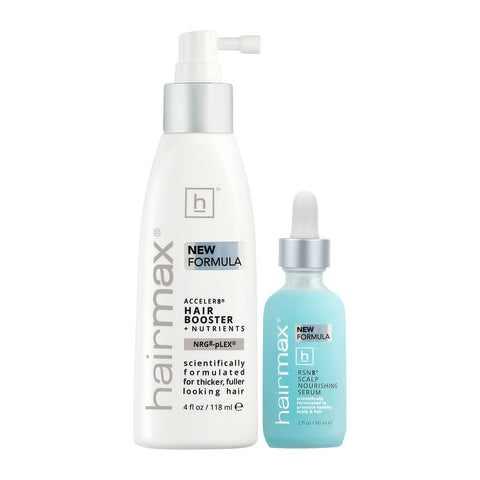Choosing a product to treat hair loss can be a very difficult decision, what with all the information on the internet claiming that they are ‘clinically proven’ to work. Therefore, it is vital to really understand what this term actually means and what you should look for when deciding which product to buy, that makes this claim.
![]()
There are actually 2 terms used in product advertising:
- ‘Clinically Shown’ which generally describes a product for which there is no scientific proof it is effective from scientific clinical trials.
- ‘Clinically Proven’ which generally means that results were proven in well-controlled clinical trials to be both safe and effective.
The most powerful evidence that a product works is when it is ‘clinically proven’ in treating hair loss, based on results of well conducted clinical trials. If you are considering a product to purchase and you see the term ‘clinically proven’, it is vital to find out if the clinical trials conducted that “proved” a product works for hair loss, are available for you to review and study, in order to judge its scientific validity. If the actual study is not available to you, then you should be skeptical in considering the claims being made for that product in treating hair loss.
The first consideration in judging the validity of a clinical study is to see where they were conducted. If they were conducted at university settings, it will give you evidence that they are well designed for proving its efficacy in hair loss. Many studies for hair loss claim a product is ‘clinically proven’, when they were perhaps conducted in a doctors’ office or a research center. However, if clinical studies for hair loss were conducted at multiple university settings, this add much more power to the results, rather than a simple study done at 1 or 2 locations in a doctors’ or testing center location.
The second consideration to judge validity, is how many patients were enrolled in the studies to prove that it works in treating hair loss. There is a mathematical formula available that calculates the study number of patients that have to be clinical studies, to assure that the results are ‘clinically proven’. Many products for hair loss have only conducted a study or two, with a small number of subjects enrolled, which means that the results are not nearly as conclusive as they are when there are large numbers of subjects are in the study.
The third consideration of one of utmost importance is whether a product for hair loss has compared the active product against a sham device. It is impossible to ‘clinically prove’ a product works in treating hair loss if it was not compared against an inactive device, since there would be no way to know how it compares to “no active treatment”. If a company claims that their product is ‘clinically proven’ for treating hair loss and has not compared their products against an inactive device than that product is NOT ‘clinically proven’ – it is only ‘clinically shown’. The study has no scientific validity.
Another ‘bonus’ in judging the validity of the clinical studies, is if the results were published in a peer review medical journal. If the results were published in a peer review journal, then the article has been the subject of rigorous third party review that is in no way connected to a a company, and provides assurances that the article adheres to high scientific standards.
Once you review a clinical study you will see the term ‘p value’, and this is what it means. In analyzing clinical results, a ‘p-value’ analysis is performed which helps to determine the significance of the clinical results in treating hair loss. Hypothesis tests are used to test the validity of a claim that is made about a population. Without getting into the details of this statistical analysis, you will see a ‘p’ value next to the results of the primary test of efficacy, which shows the likelihood that any differences between the active and the inactive device was related to chance. The highest ‘p’ value, i.e. >0.0001 means that the likelihood that the results came from chance, was >0.1% (or less than 1 in a thousand). A ‘p’ value of >0.05 means that the likelihood that it resulted from chance was less than 5%, etc. This observation on the ‘p’ value found gives a good idea as to how effective a treatment is for hair loss.
The Hairmax® has met ALL of the criteria for clinical study excellence and can therefore categorically state that it is in fact ‘clinically proven’ to effectively treat hair loss. This is because, there have been:
- A total of 6 double-blind clinical studies conducted to date
- A very large number of subjects were studied
- They were conducted at multiple university settings, and
- The Hairmax was compared to a control device at all centers.
The results in the difference in hair count from the Hairmax compared to the sham device was always p= >0.0001 in all studies. There are NO other laser phototherapy devices on the market that meet every one of these vital criteria. The Hairmax has been proven conclusively over and over again, that it is absolutely beyond a shadow of a doubt, ‘clinically proven’ to be effective in treating hair loss. See for yourself – here is a link to the clinical paper published in a peer review journal, which conclusively proved the efficacy and safety of the Hairmax® in four clinical studies.
http://link.springer.com/article/10.1007/s40257-013-0060-6
In conclusion, the term ‘clinically proven’ in treating hair loss is a very important and precise term. You must carefully study the clinical design and results of other products for hair loss, and only then will you be able to know if that product is really ‘clinically proven’, and not just ‘clinically shown’.

